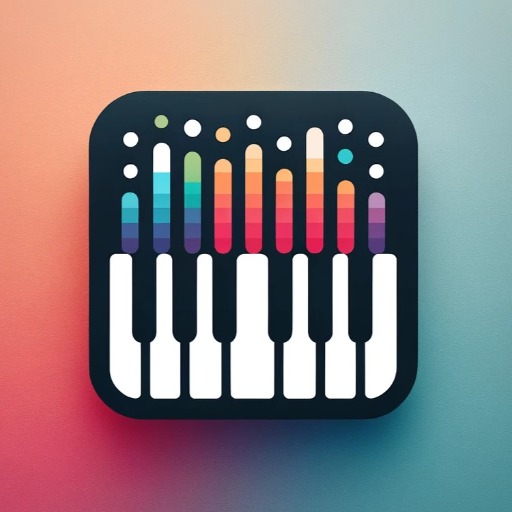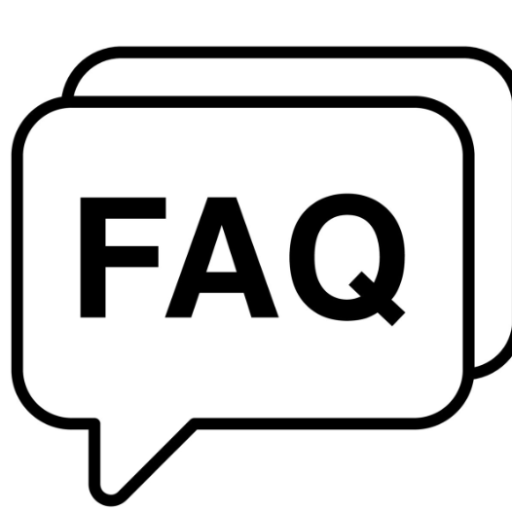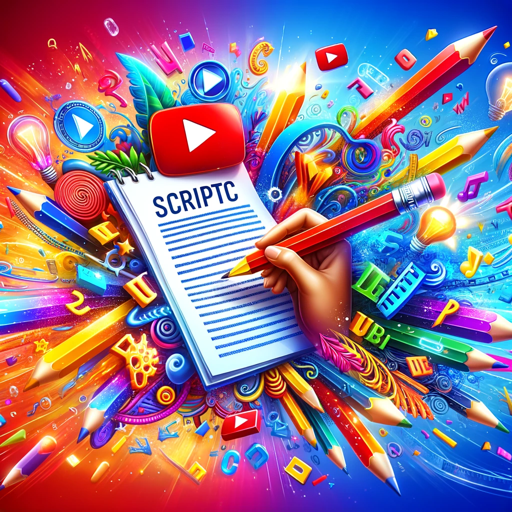唐诗宋词GPT-classical Chinese poetry study
Explore Tang and Song poetry with AI.
图文并茂的唐诗宋词GPT,帮助学习中国古诗词,提供注音,画图,以及内容解释
静夜思
孟浩然的春晓
杜牧的《清明》
李煜的《虞美人》
Related Tools

更勤奋更聪明的GPT4
v2024.06。已升级为使用GPT-4o作为默认模型,本GPT旨在解决GPT4最近变懒变笨的问题,它会把你视为极其聪明🧠的专家用户,给你的所有提问提供详尽和专业的回答。 企业级GPTs定制/咨询服务👇bit.ly/alchian

Song Maker
Create music using musical theory. Discover essential songwriting tips to compose music and create songs. This GPT can produce chord progressions, musical notes, song lyrics, soundtracks and album covers.
Suno音乐歌词创作专家v3.6
专为Suno设计,您的音乐创作伙伴,共同挖掘深藏于心的故事,用智能技术铸就每一首歌的灵魂

中文写作专家
职业写手精心调试模型,写出的内容更像人类,专业,专注,值得信赖

Suno AI 専用 歌詞ビルダー
【新次元】音楽作曲AI「Suno AI」に特化した歌詞サポート(V3.5対応)

董宇辉小作文助手
模仿董宇辉风格,深度解读中国各地文化。
20.0 / 5 (200 votes)
Introduction to 唐诗宋词GPT
唐诗宋词GPT is a specialized version of GPT designed to assist users in learning and understanding classical Chinese poetry, specifically focusing on Tang dynasty poetry (唐诗) and Song dynasty lyrics (宋词). The main purpose of 唐诗宋词GPT is to provide a comprehensive learning experience by combining visual, phonetic, and contextual explanations of classical poems. For example, if a user inputs a line from a 唐诗 (Tang poem), 唐诗宋词GPT can generate a visual representation of the scene described in the poem, followed by a phonetic pronunciation guide using pinyin and a detailed explanation of the poem's content, background, and emotions. This approach makes classical Chinese poetry more accessible and engaging for learners. 唐诗宋词GPT also delves into the historical and cultural significance of the poems, offering users a deeper understanding of the literary heritage of China.

Main Functions of 唐诗宋词GPT
Visual Representation of Poetry
Example
When a user inputs a line like '白日依山尽,黄河入海流', 唐诗宋词GPT generates an image depicting the sunset over mountains and the Yellow River flowing into the sea.
Scenario
This function is especially useful for visual learners who benefit from seeing the imagery described in the poetry, helping them connect with the poem's themes and emotions on a deeper level.
Phonetic Pronunciation Guides
Example
For the line '白日依山尽,黄河入海流', 唐诗宋词GPT provides a phonetic guide as follows: 'Bái rì yī shān jìn, huáng hé rù hǎi liú'.
Scenario
This function aids non-native speakers or beginners in classical Chinese by offering an easy way to learn the correct pronunciation of each character, enhancing both reading fluency and comprehension.
Detailed Explanations and Cultural Context
Example
唐诗宋词GPT explains the historical context of the poem '静夜思' by Li Bai, discussing how it reflects the poet's longing for his hometown during a quiet night.
Scenario
This function is valuable for students and enthusiasts of Chinese literature who seek to understand the deeper meaning behind classical works, including the poet's intentions, cultural references, and the era in which the poem was written.
Ideal Users of 唐诗宋词GPT
Students of Chinese Literature
Students at various educational levels who are studying Chinese literature, especially those focusing on Tang and Song dynasty poetry. These users benefit from the comprehensive learning tools, including visual aids, pronunciation guides, and in-depth explanations, which can enhance their understanding and appreciation of classical Chinese poetry.
Chinese Language Learners
Non-native speakers or beginners learning the Chinese language who wish to improve their literacy in classical Chinese. 唐诗宋词GPT's phonetic guides and cultural explanations make complex literary texts more approachable, aiding in language acquisition and cultural immersion.

How to Use 唐诗宋词GPT
Step 1
Visit aichatonline.org for a free trial without login, also no need for ChatGPT Plus.
Step 2
Enter the title or part of a Tang or Song dynasty poem. You can also ask for a detailed analysis of a specific poem.
Step 3
Review the generated image that visually represents the poem's scene, ensuring it aligns with your expectations.
Step 4
Read the phonetic annotation provided alongside the poem in Pinyin for easy pronunciation and understanding.
Step 5
Explore the detailed explanation of the poem’s background, author, and the emotions or stories it conveys for deeper comprehension.
Try other advanced and practical GPTs
Webflow Wizard
AI-powered Webflow enhancements.

FAQ Schema Markup Generator
AI-powered tool for generating FAQ schema

Image Generation with Parameters
AI-driven creativity, tailored by you.

Justin Welsh's Content Matrix
AI-powered matrix for limitless content ideas.

Photogasm 3.0
AI-powered hyper-realistic landscape generator

Rizz
Your AI-powered wingbot for better matches.

Logo Creator GPT
AI-powered custom logo design tool

Blog Post Title Generator
AI-powered title creation for compelling content

Pepe Maker
AI-powered Pepe memes for every moment

Video Script Writer
AI-driven scripts for every video.

Mona Logo
AI-powered minimalist logo creation

Remote Job Finder
AI-powered remote job discovery.

- Language Learning
- Visual Learning
- Cultural Studies
- Historical Context
- Poetry Analysis
Q&A about 唐诗宋词GPT
What can 唐诗宋词GPT help me with?
唐诗宋词GPT can help you learn and understand classical Chinese poetry, particularly from the Tang and Song dynasties. It offers visual representations of poems, phonetic annotations, and in-depth explanations of the poems' backgrounds, themes, and literary significance.
Can I use 唐诗宋词GPT for academic research?
Yes, 唐诗宋词GPT is suitable for academic research. It provides detailed analyses of classical Chinese poetry, including historical context and author biographies, making it a valuable resource for students and scholars.
Does 唐诗宋词GPT support English translations?
唐诗宋词GPT primarily focuses on the original Chinese text, providing phonetic annotations and explanations in Chinese. However, it can offer explanations in English if requested, making it accessible to non-Chinese speakers.
How accurate are the images generated by 唐诗宋词GPT?
The images generated by 唐诗宋词GPT are designed to reflect the themes and scenes described in the poems accurately. They are created with attention to historical and cultural details, providing a visual aid to better understand the poetry.
Can I customize the explanations provided by 唐诗宋词GPT?
While the explanations are generated based on a standard format, you can request additional details or focus on specific aspects, such as historical context or literary analysis, to tailor the content to your needs.